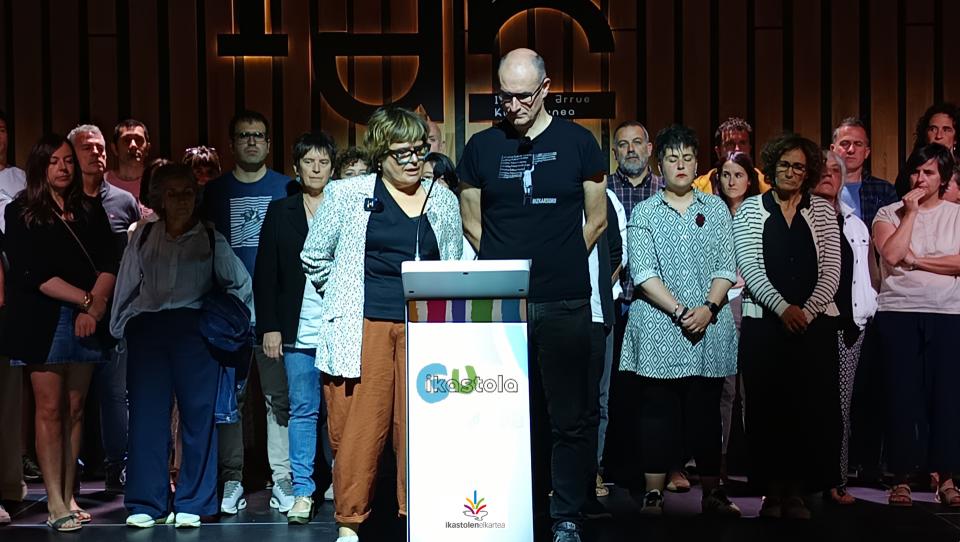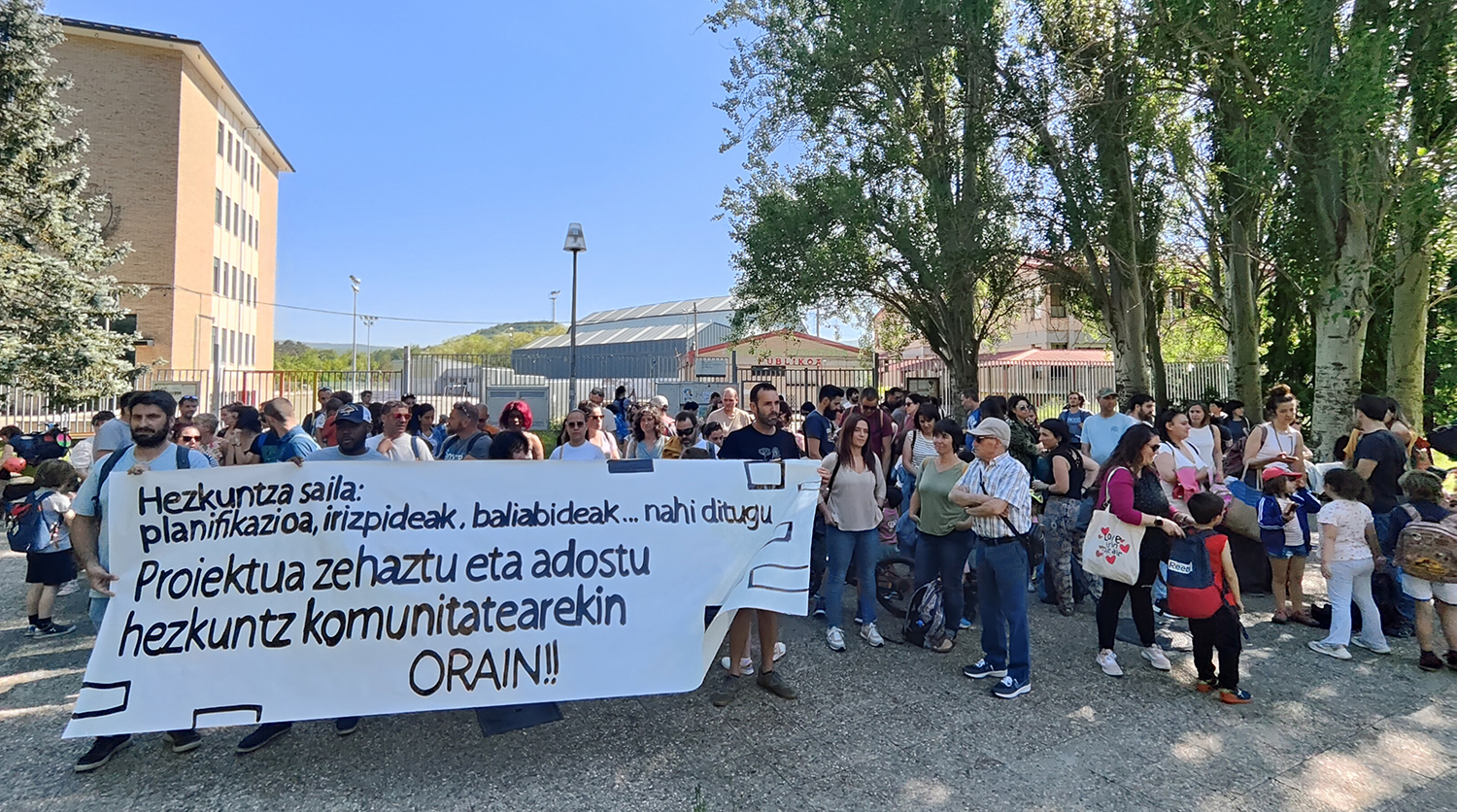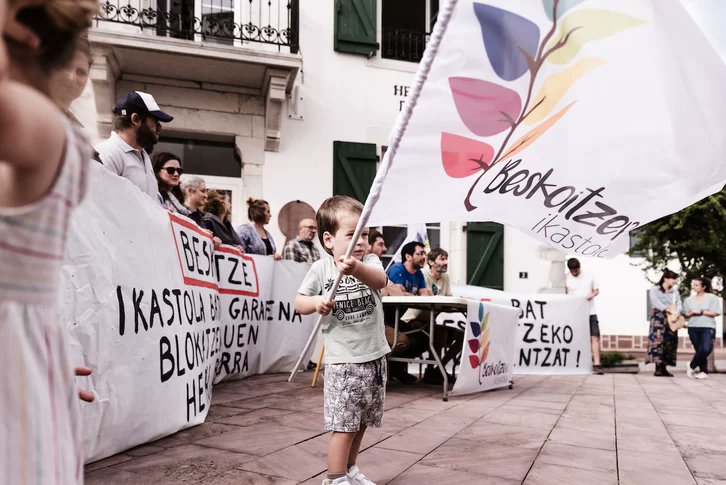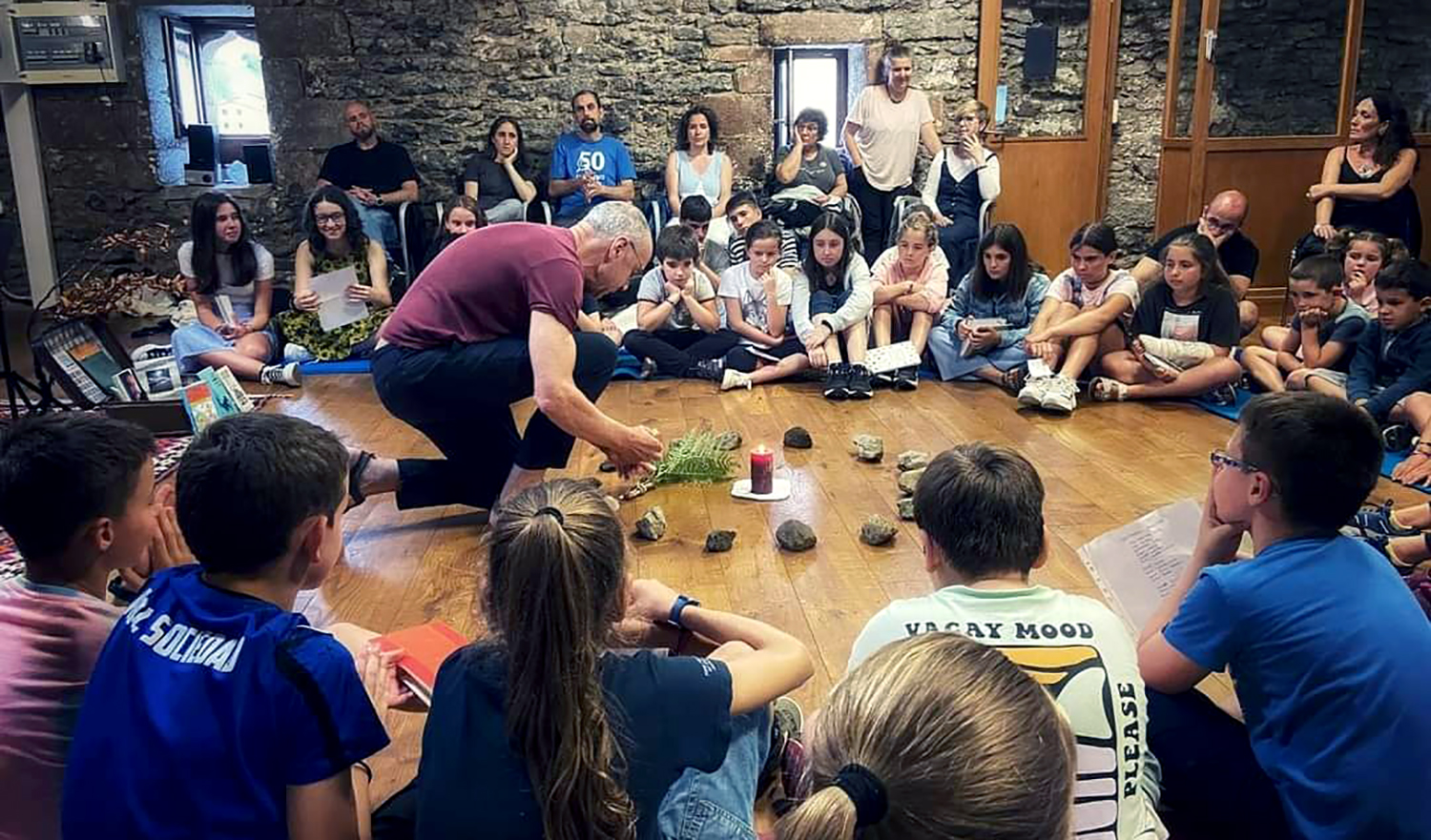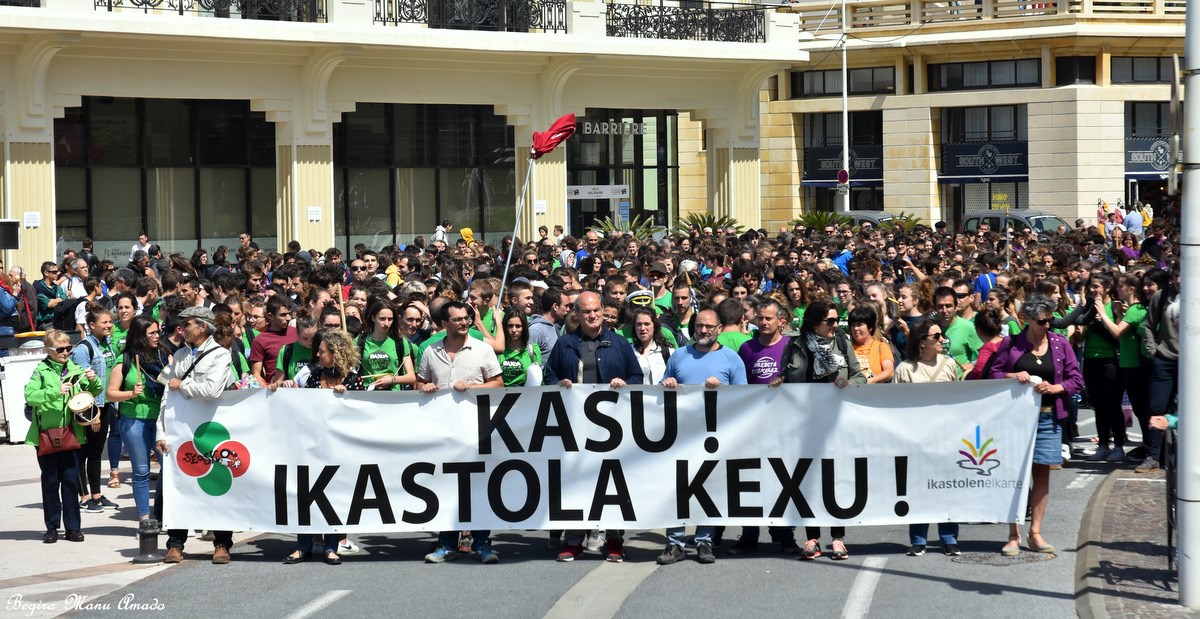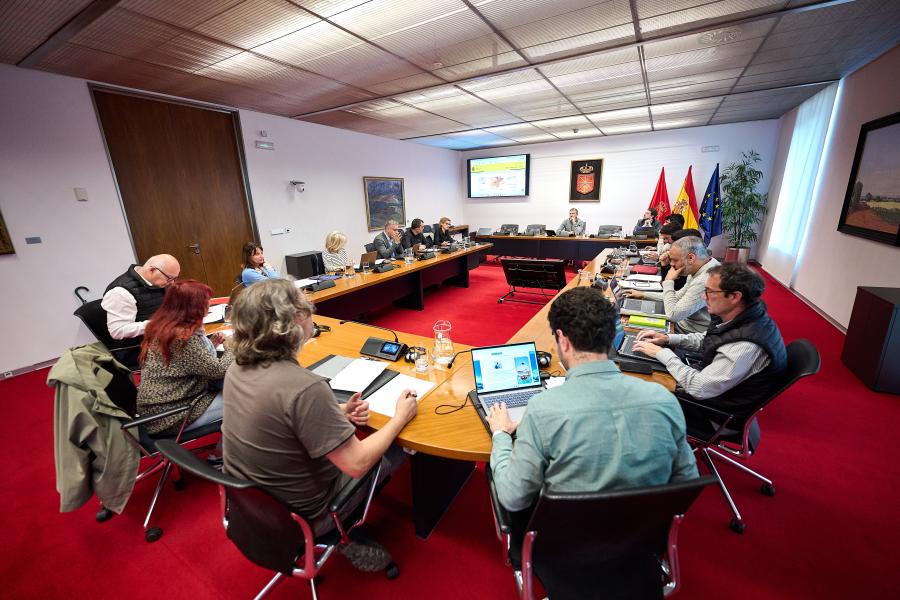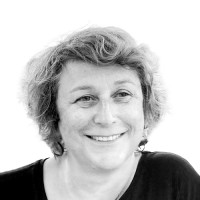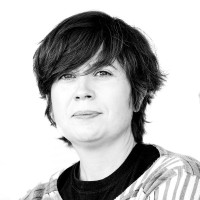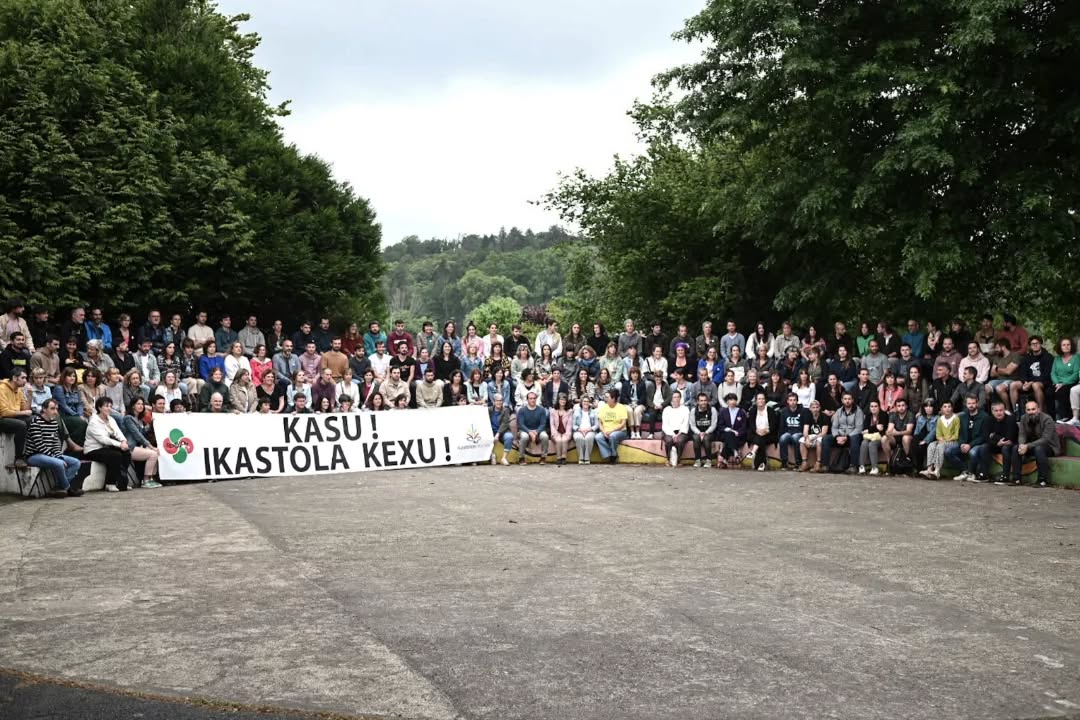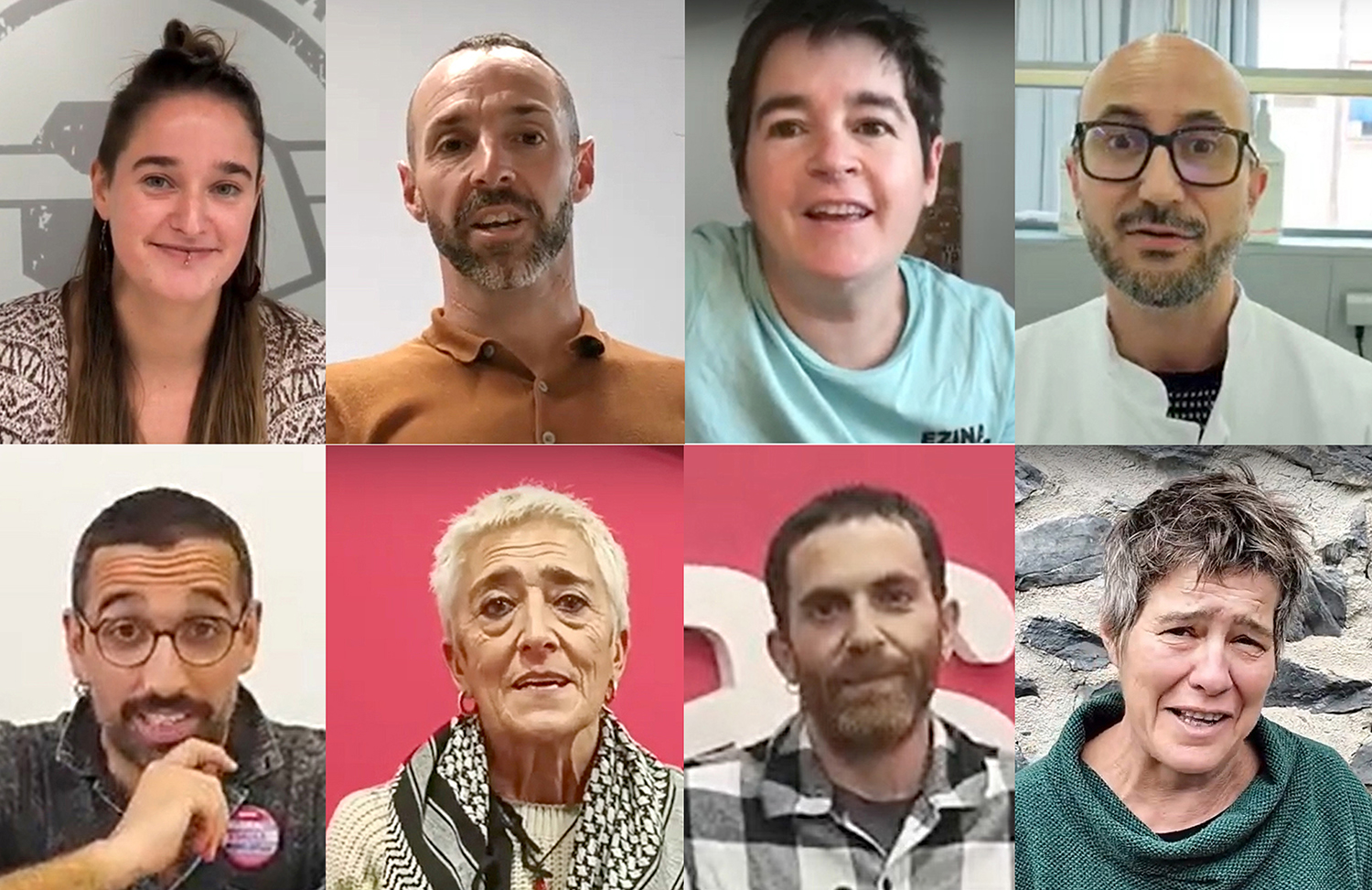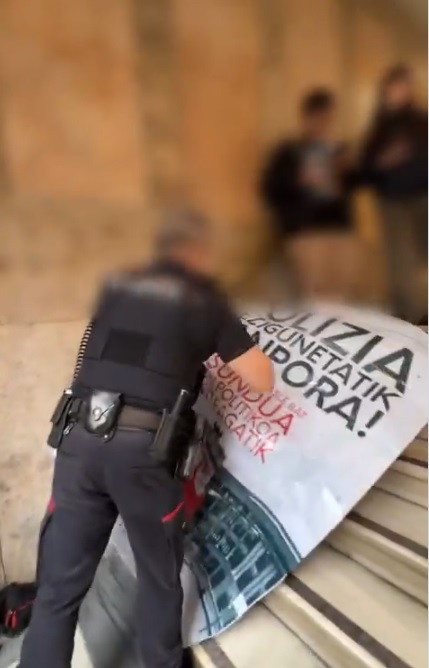"Competencies cannot be evaluated in a university entrance test; student monitoring is required for this"
- Thousands of students from the Southern Basque Country will face the new University Entrance Test (USAP) model from June 3 to 5. Two high school teachers were interviewed: “They want to make the new test competitive, but it’s still memory-based.”
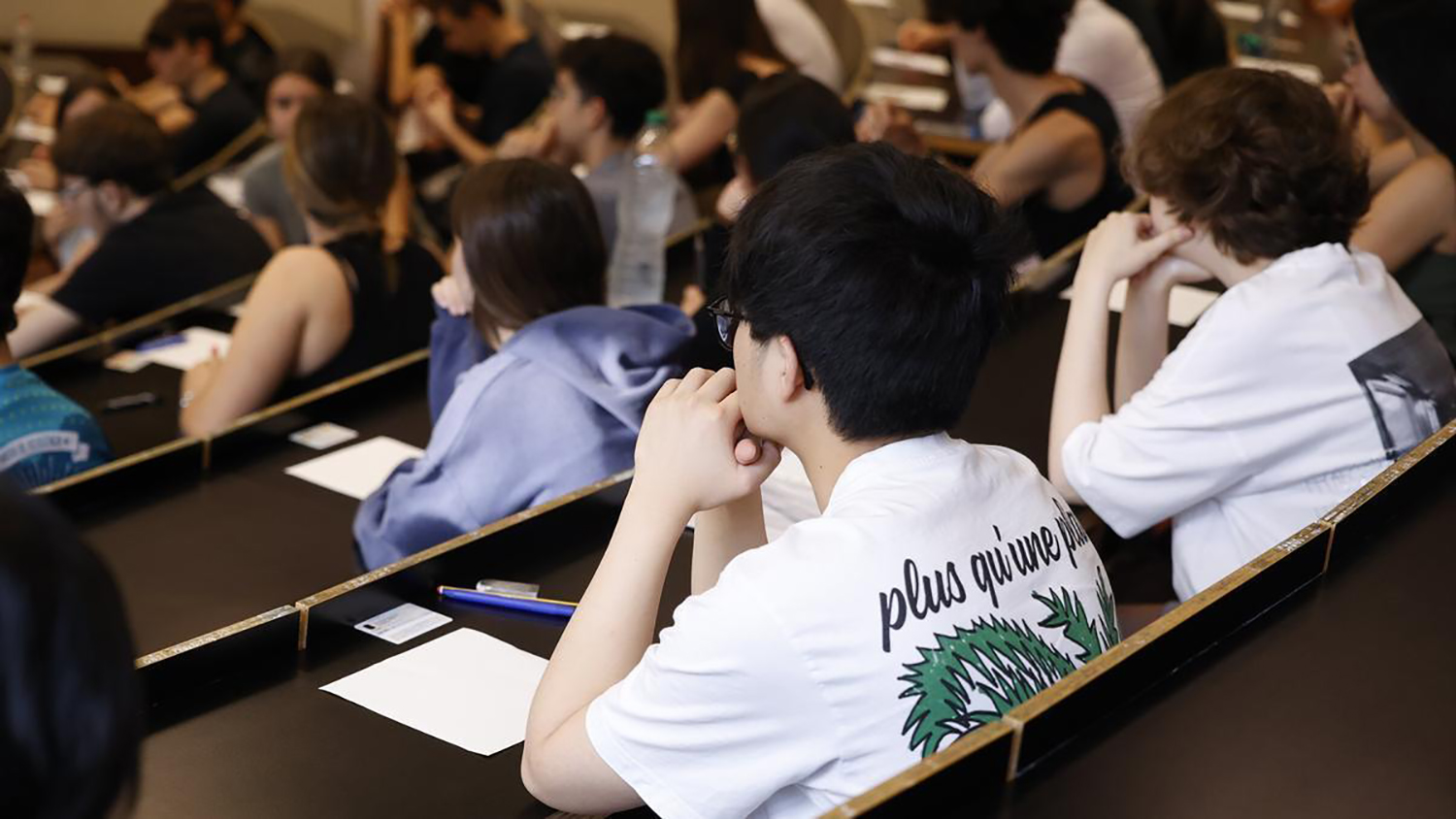
In an educational system that is still unable to overcome various imbalances, the University Entrance Test is a competitive and exclusive filter, according to critical voices. This year, the first step has been taken to change the study model, and we have interviewed two teachers of the last year of the Baccalaureate of the Oriental Institute to talk about these changes: Peio Salazar (Mathematics) and the Zamio Mar (History).
You started the school year off. The models of the new study arrived late and the educational community was nervous.
Pictures of Peio Salazar: Yes, because it was foreseen that profound changes could come, and we were blind at first.
The Sea Cargo: We were told that the exam models would be released around Christmas, and the nervousness of the high school students begins in September, because many of them need a good grade; if we add to that we did not know what the model of the new types of etsamine would be like, a part of the course went away with that concern.
Nervous since September, you say. It seems that the entire second year of Baccalaureate is about to rush this test.
Pictures of Salazar: Some will not go to university, some will choose Vocational Training, but unfortunately it is still a very university oriented course, yes. However, it must be recognized that what is included in the test and what appears in the secondary curriculum is almost the same, and therefore, they are youthful.
What are the main changes in the new study model?
Pictures of Salazar: In mathematics, the biggest change is that last year there were four or five headings and they were in each header to choose one of these two subheadings, and now that you won’t be able to choose one of them, the header will be closed. In some ways, there is less chance of getting a very good grade because an opportunity to do so has been eliminated. But the format, the types of headings and everything else in the draft that has been sent to us has remained the same.
For the cargo: As for the study of history, I would divide the changes into two areas. On the one hand, in the selectivity study that has been carried out so far, there were two models, students could choose to make one or the other block, they could learn half the competency. Now the entire training is included. We have always worked on the whole course, so it has been easy for us to adapt to the new model, as we had planned the course plan since September, but I know that in other institutes during the course they worked half the course through the works, and that they studied the other half for the exam, for them it has been a major change.
On the other hand, they have wanted to make the study model competitive in some way. Previously, they studied 12 topics and 24 textual comments and included one topic and one comment in the study; now the topic does not develop and the causes and consequences are questioned. The idea is not bad, but since the questions have been told to us, it is still based on memory, because the students know which epigraph of each topic the question will refer to, and therefore they know which epigraph they should learn. They learned about the 1936 war, for example, “the causes of the war of 1936” and “the consequences of the war of 1936.”
The textual comment remains in the analysis as in the previous ones, and this is also memoristic, it has not changed.
There is a new question that tries to be competitive, but it does not achieve it completely: from the collection of 24 text comments to learn, they will place a text comment with five errors and they have to find the five errors.
"We cannot forget that the result of this study is a numeric note, and nowhere is it established how much each competition costs"
In the other lessons, the main change, as in Mathematics, is that the possibility of choice is reduced, right?
Pictures of Salazar: In economics, physics, chemistry, at least. The options have been somewhat diminished.
Little by little, the studio wants to make a turn for the competitions, how do you see it?
Pictures of Salazar: The evaluation of competences requires continuity, student monitoring. In a one-day study it is not possible to evaluate the competences, it is completely illogical. Nowadays, and theoretically, from Early Childhood to High School, and often even at the university, it is evaluated competently, for that there are works, presentations and others, but suddenly it is desired to evaluate, competently, the wisdom that the student has acquired throughout the year in an hour and a half exam. It doesn’t make sense and it’s impossible, they won’t make it.
For the cargo: If we take all the existing competences now, it is impossible to evaluate them through a single study. The competition may be partially yes, not in its entirety.
Pictures of Salazar: That's right, it's a very long process.
But that’s the way the new model of study wants to go, isn’t it?
Pictures of Salazar: It may be a goal, but for that you have to change the whole system. In the case of science, it is possible to carry out scientific competence by means of headings, but other competences are also evaluated in Mathematics, for example social, digital, writing competence... As mentioned above, you may be able to evaluate some competences by means of this study, but others not.
For the cargo: In addition, we cannot forget that the result of this study is a numerical note, and nowhere is it established how much each competition is worth. Well, even in Bachillerato, despite the evaluation by competences during the course, you have to convert it into numbers at the end, because these averages will be taken into account later both in Vocational Training and in university entry.
Are larger changes expected in the forward looking model?
For the cargo: In the case of the history lesson, the other day we were told that models will become more and more competitive. That’s the plan, but we don’t know how. There are actually working groups working on it, but I find it difficult.
And what has been said, nowhere is the value of each competition established, and to the extent that the proof of access to the university requires a note, you need to determine the weight of each one, because that note will give you access to some careers or not.
To what extent does the new model of analysis leave enough autonomy for communities to develop their own content?
Pictures of Salazar: The exam is prepared by the public university of each community, which is free to take on the parts of the curriculum that come with the exception of those that are specified. In mathematics, for example, 60% of the curriculum is determined by the state and 40% by the community, but when I have seen exams in other communities, they are almost all the same, at least in mathematics there is hardly any difference.
For the cargo: In history, yes, because we have issues related to the Basque Country, but we work on “Francoism in the Basque Country”, “Spanish Civil War in the Basque Country”... This limit has not changed at the moment.
In the debate on education, the neologism that some of us are using (I think we can call it that) is pedagogy, which perhaps needs an explanation. The idea is to give pedagogy a chance, separating the two things. As in the distinction between science and science, pedagogy would... [+]
Many animals use coincidence with the group as a survival strategy. This character has often been neglected, equating many collectives with herds, as a mass without its own character that must be guided. But the community, when it suspects the threat, knows how to use its... [+]








